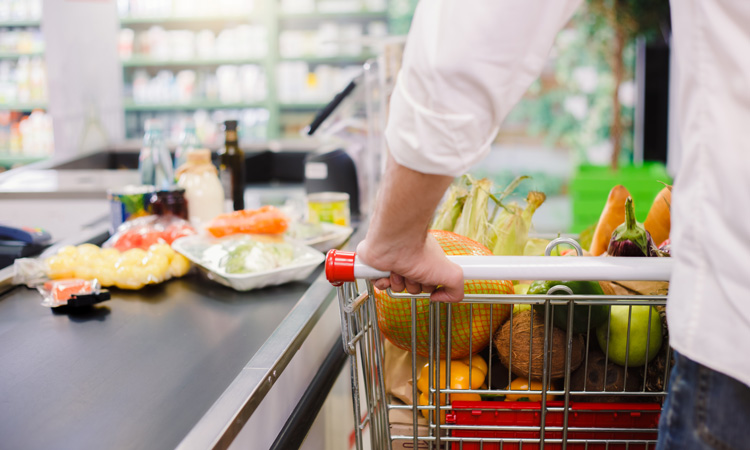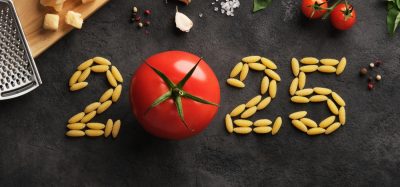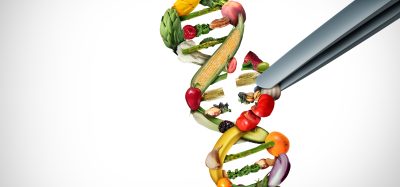Food labels should include physical activity calorie equivalent, says study
- Like
- Digg
- Del
- Tumblr
- VKontakte
- Buffer
- Love This
- Odnoklassniki
- Meneame
- Blogger
- Amazon
- Yahoo Mail
- Gmail
- AOL
- Newsvine
- HackerNews
- Evernote
- MySpace
- Mail.ru
- Viadeo
- Line
- Comments
- Yummly
- SMS
- Viber
- Telegram
- Subscribe
- Skype
- Facebook Messenger
- Kakao
- LiveJournal
- Yammer
- Edgar
- Fintel
- Mix
- Instapaper
- Copy Link
Posted: 11 December 2019 | Sam Mehmet (New Food) | No comments yet
The UK Royal Society for Public Health has reportedly already called for PACE labelling to replace the current food labelling system, but to date, there is said to have been little evidence to support the idea.


Labelling food and drinks with the amount and type of physical activity needed to burn off the calories in it might be a more effective way of encouraging people to make ‘healthier’ dietary choices, according to research led by Loughborough University.
Physical activity calorie equivalent (PACE) food labelling aims to show how many minutes or miles of physical activity are needed to burn off the calories in a particular food or drink. For example, eating 230 calories in a small bar of chocolate would require about 46 minutes of walking or 23 minutes of running to burn off these calories, the researchers explained.
The research team, led by Loughborough’s Professor Amanda Daley with colleagues from the Universities of East Anglia and Birmingham, calculated that if PACE labelling was widely applied, on average, it might reduce calories per person per day by 200.
The project team examined research databases and other relevant online resources for studies that compared PACE labelling with other types of food labelling or none for potential impact on the selection, purchase or consumption of food and drink products (excluding alcohol). They allegedly found 15 relevant randomised controlled studies and pooled the data from 14 of them.
The results showed that when PACE labelling was displayed on food and drink items and on menus, on average, significantly fewer calories – around 65 less per meal – were selected. PACE labelling was also associated with the consumption of around 80 to 100 fewer calories than no food labelling and other types of labelling.
Based on the findings from the review, and average consumption of three meals a day plus two snacks, the researchers suggested that PACE labelling might potentially slice around 200 calories off daily intake.
However, the researchers cautioned that the number of included studies was small, the design of each varied and they were not carried out in real life settings, such as in restaurants and supermarkets.
“The evidence shows that even a relatively small reduction in daily calorie intake (100 calories) combined with a sustained increase in physical activity is likely to be good for health and could help curb obesity at the population level. PACE labelling may help people achieve this,” said Prof Daley.
“It is a simple strategy that could be easily included on food/drinks packaging by manufacturers, on shelving price labels in supermarkets, and/or in menus in restaurants/fast-food outlets.
“Public health agencies may want to consider the possibility of including policies to promote it as a strategy that contributes to the prevention and treatment of obesity and related diseases.”
Related topics
Health & Nutrition, Packaging & Labelling, Research & development, The consumer
Related organisations
Loughborough University, University of Birmingham, University of East Anglia








